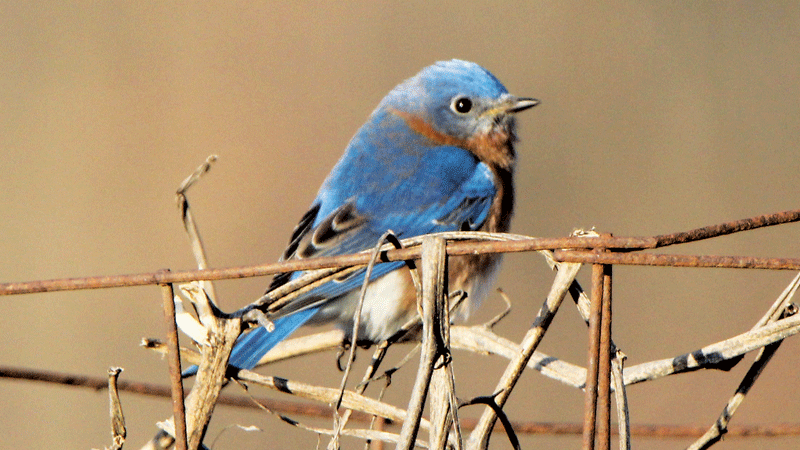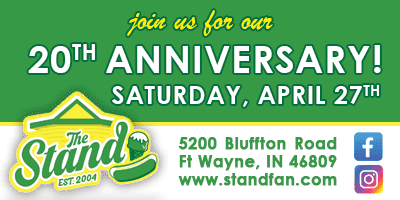CHRISTMAS BIRD COUNTS AND CLIMATE CHANGE – Life In The Outdoors
 One hundred seventeen years ago, before 1900, it was the custom of hunters in America to get together as teams and spend one full day during the Christmas holidays killing as many animals as they could. Rabbits, squirrels, deer, foxes, woodchucks, hawks, owls, song birds, anything furred or feathered living wild was fair game. Where there was more than one team in an area they competed to see which team could kill the most animals. It was called a Christmas hunt but might as well have been called a Christmas slaughter.
One hundred seventeen years ago, before 1900, it was the custom of hunters in America to get together as teams and spend one full day during the Christmas holidays killing as many animals as they could. Rabbits, squirrels, deer, foxes, woodchucks, hawks, owls, song birds, anything furred or feathered living wild was fair game. Where there was more than one team in an area they competed to see which team could kill the most animals. It was called a Christmas hunt but might as well have been called a Christmas slaughter.
Christmas wasn’t the only time of bird hunting. It was a year-round activity with men making a living killing passenger pigeons for food and others hunting birds just for their feathers which were used to decorate women’s hats.
There were no animal protection laws then, no bag limits, no protected species. But a growing number of people enjoyed seeing birds and many of them were becoming concerned about the decrease of birds due, it seemed, to hunting. Many species of birds were becoming scarce, particularly birds with long white or brightly colored feathers. Among the birds declining was the passenger pigeon, once the most numerous bird in the world, which would soon become extinct.
Concern for birds was a major factor in formation of local chapters, then the National Audubon Society whose members campaigned for bird protection laws. Another factor was the Christmas bird count instead of a Christmas bird hunt. This was first proposed and written by the editor of an early bird magazine, Dr. Frank Chapman. The magazine was titled Bird-Lore.
The first Christmas bird count, as proposed by Dr. Chapman, was held on Christmas day, 1900. Twenty-seven birders of twelve states and two Canadian provinces participated and sent lists of birds seen and counted to Bird-Lore Magazine.
There were no rules for the early Christmas bird counts. The first rule prescribed was that participants had to spend a minimum of two hours in the field. That was increased to four hours, then to eight. Now it’s recommended, though not required, that observers spend up to 24 hours starting and ending at midnight.
The count no longer has to be on Christmas day but must be on Christmas or within a specified number of days before or after Christmas. The area of a count is to be circular and up to fifteen miles in diameter. Cover within the area is to be described, i.e., 20% woodland, 40% harvested grain fields, scrub, lake, river, etc. Weather is also to be described including temperature, cloud cover, rain or snow and wind direction and force.
The Christmas hunt of the 1800s has been replaced by the Christmas bird count. It has become a Christmas tradition in the United States and Canada and in other nations as well. And where there were twenty-seven birders on the first Christmas bird count in 1900, now millions of birders participate and thousands of reports are submitted each year.
Christmas bird counts were proposed to reduce the killing of birds which they did in the early years. Now there are laws, particularly the Migratory Bird Treaty Act of 1916, which protect birds.
Second, Christmas bird counts were, and are, a form of outdoor recreation. They give people who participate exercise and relieve the stress of modern life. They get participants back to nature, and ecotherapy studies have shown that contact with nature is good for us.
Third, records from Christmas bird counts are a font of information. While not a census, they are a comparison of samples of bird numbers and distribution for over one hundred years. Song birds, for example, robins and bluebirds and goldfinches and most other little birds of the U.S. and Canada have declined by approximately forty percent. At the same time, cardinals and tufted titmice and Carolina wrens and others have extended their ranges north.
And now, the weather data from Christmas bird count reports are a clear record of climate change, of global warming.
- Birds As Weather Forecasters – Life In The Outdoors - December 17, 2021
- Rare Bird Spotted In Indiana – Life In The Outdoors - October 8, 2021
- MY EXPERIENCE WITH DEER – Life In The Outdoors - July 30, 2021


